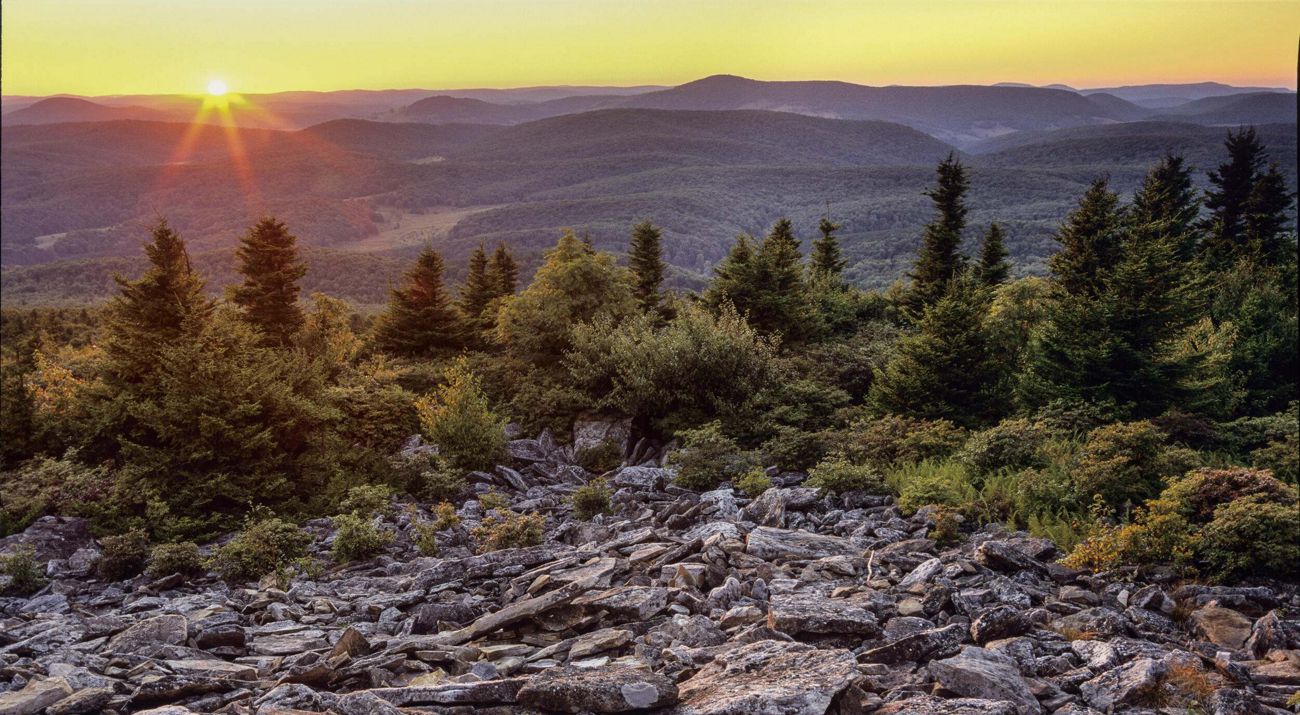Jefferson County’s Green Infrastructure Assessment aimed to identify the natural resources most valuable to the economic, social, and environmental quality of the area, and to minimize future development that could negatively impact those assets.
The Freshwater Institute formed the core project team, and incorporated input from stakeholders into its conservation value maps. As a part of the implementation framework, the team highlights 10 performance indicators that will be used to measure the plan's progress. The framework was adopted into the county's planning process, and the report, maps, and data layers are housed on the county website as well.
Year Published: 2008
State: West Virginia
Landscape Context: Inland
Housing Density: Rural
Funding Type: Not Stated
Habitat Focus: Forest, Planted/Cultivated
Organizations Involved:
Freshwater Institute, The Conservation Fund
Values:
Water Supply, Water Quality, Open Space/Habitat, Working Land, Historic/Cultural Sites, Biodiversity
Stakeholder Involvement:
Stakeholders were consulted; over the course of three stakeholder input meetings, residents and groups were able to direct the project during its key phases.
Planning Process:
The Freshwater Institute completed an initial inventory of the existing green infrastructure in Jefferson County and compiled relevant data. A green infrastructure network was constructed through geospatial analysis of ecological values, and that network was then revised based on public input. Focus areas were identified that maximized groundwater resources, working land, local culture, and forest and stream habitat. A final stakeholder meeting allowed community leaders to recommend implementation strategies.
Desired Outcomes:
Preserve surface and groundwater quality, protect working landscapes, protect habitat and stream corridors, and preserve cultural values through historic sites.
What It Accomplished:
The framework influenced the rewritten ordinances for the county. Jefferson County Historic Landmarks Commission identified hundreds of new historic sites and a few historic districts.
The Jefferson County Agricultural Task Force used the project's data to plan new zoning districts. The plan will be used by the West Virginia Division of Natural Resources to develop conservation priority models. Published over 50 data layers on the county website.
